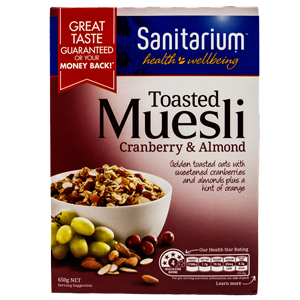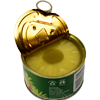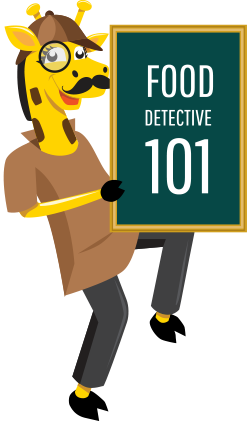Detective Training

Processed Foods
There are different degrees of food processing. A processed food is anything we eat that we’ve changed on purpose in some way from its natural state.
Simple processing includes things like bagging, washing and cutting up food. This doesn’t change it too much.
Heavier processing includes cooking, adding preservatives, sugars or salt, combining foods or changing their textures. This is more likely to change the properties of a food and also how good it is for us.
When people talk about ‘processed foods’ they usually mean heavily processed ones like snacks and convenience foods.

Types of Processing
Processing makes foods cleaner and easier to eat and transport. We also process foods to make them suitable or safer to eat (e.g. milling grain, boiling raw potatoes, pasteurising milk or cooking meat).
Some processes (like canning and freezing) preserve foods so we can enjoy them safely at our convenience and out of season.
But we also process foods to make them more appealing – whether by adding sugar, fats and salt for taste, removing some fats, swapping artificial sweeteners for sugars, removing fibrous husks, adding or removing caffeine, adding vitamins or minerals, altering textures, or using preservatives to make foods last longer.





